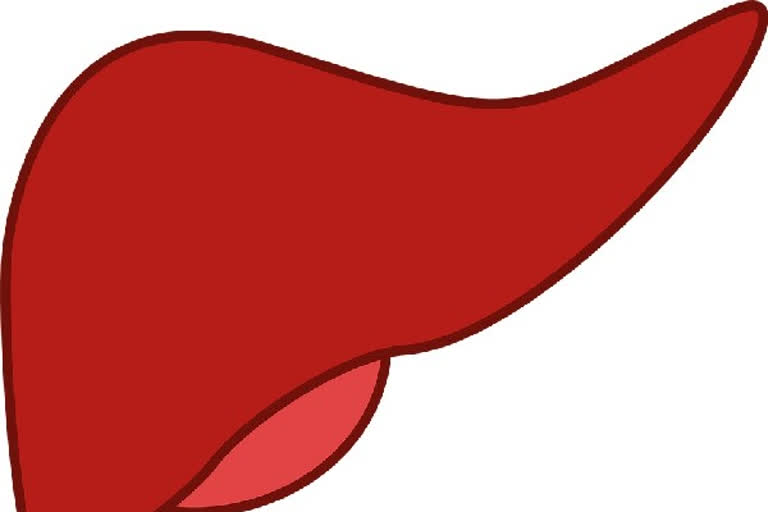Hiroshima: Researchers from Hiroshima University recently analysed the molecular findings of almost 160 paediatric liver cancer cases, leading to the discovery of molecular markers that would help in understanding and treating the considerable variation in prognoses. The study was recently published in the journal Nature Communications.
Hepatoblastoma (HB) is the most common liver cancer in children. It presents as a painful, tumorous mass in the abdomen and mainly affects children up to three years old, especially those who have been born prematurely or with very low birth weight. Surgery to remove the tumour and preoperative chemotherapy prior to such an operation has proved to cure many patients of the illness, but prognoses among HB patients also vary widely.
The underlying causes remain unknown and hereditary predisposition and molecular aberrations that lead to these variations in outcomes are not well understood. The term molecular aberration refers to anything unusual about genes that causes alterations in how they are expressed (activated). These can be mutations, duplications of stretches of DNA, or unusual patterns of DNA methylation.
Methylation and demethylation involve the addition or removal, respectively, of a single carbon and three hydrogen atoms (a methyl group) to molecules throughout the body, working as billions of little on/off switches. In the case of DNA, the methyl groups are added or removed from the cytosine nucleotides along stretches of genes.
Also Read:Scientists develop low-cost sensor to detect explosives rapidly
Methylation of cytosines is heavily involved in gene expression levels, and it also provides an important epigenetic function--or how your environment and even behaviours can change how your body reads a DNA sequence--that is fundamental to how cells turn themselves into different types for this or that bodily function especially in the development process.
In addition, comprehensive genomic analyses of the HB tumour cells (the set of all genetic material in them) have shown that they have some of the fewest genetic mutations of all paediatric solid tumours. This strongly suggested epigenetic changes are contributing to what gives rise to the disease. "In order to improve outcomes of HB patients, we really needed to know what these epigenetic drivers are," said Eiso Hiyama of Hiroshima University's Natural Science Centre for Basic Research and Development, "and explore what the 'cell of origin' is--basically where it all starts." So the team performed genomic, epigenomic and methylation profiling of 163 untreated paediatric liver tumours. There were three main parts to the investigation.
